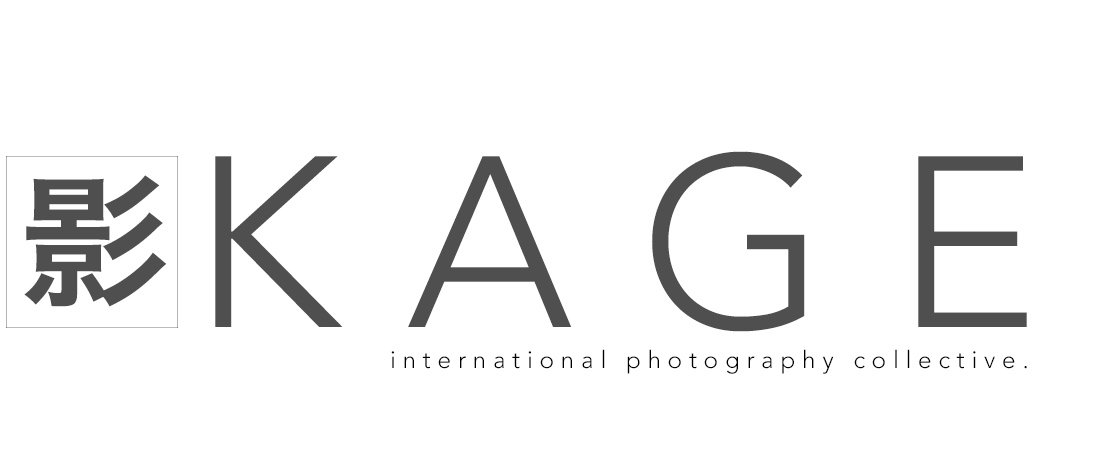January 2016, Sendai, Japan. Commissioned by Photo Life magazine.
Sendai, the capital of the Miyagi Prefecture, is a large city that lies 365 kilometers north of Tokyo. We're headed there this morning for an all-day tour of Fujifilm's factory, the installation where all their top end lenses and cameras are assembled, including the newly announced X-Pro2 and 100-400mm lens. This may seem dry to some, the kind of corporate organized trip that's more disguised marketing than anything, but I'm very much looking forward to it—I am and always will be a geek at heart; I just love this stuff. Besides, we're going by Shinkansen—the world famous Bullet Train. Speeding Japanese countryside here I come.
After a quick bus ride we arrive at Tokyo Station where we're given our tickets. These are assigned seats—the Japanese leave nothing to chance—so there's no reason to hustle or push to be first in line. It's a small detail that changes a lot of things: there's no stress, no reason to be anxious. We all get in, we all have a seat. On the platform the light is incredible, sunbeams cutting through the structures, briefly revealing faces from the shadows as people move to their designated boarding area or wait, patiently. I stand there for the longest time, camera in hand, taking it in. Man...this is a movie and I'm right in the middle of it. Smack dab in the middle of it.
image
Someone just checked the speed: 320 km/h. There's barely a rumble. No grinding railway noise in the background to get on our nerves and leg room that feels like first class on an airplane. What a great way to travel. Villages go by, mountains appear in the distance, snow...I get lost in the scenery.
Images
We arrive in Sendai 90 minutes later—less than half the time it would've taken by car. We have another 45 minute bus ride ahead of us and while the air is much colder and biting than Tokyo, the sun is shining and almost warm. Along the way we make a fifteen minute pit stop at a roadside station that could be anywhere in the world if not for the signage, the people, the masks; those ever present masks. Fifteen minutes, just enough to ensure we're exactly on time when we arrive at the factory. Everything needs to run like clockwork, always.
Images
There are two building on the factory premises, but while they both stand next to each other, only one is currently in use: the other was irreparably damaged during the 2011 earthquake. It's now considered too dangerous to use but it's also too expensive to tear down so it merely sits there, idle; a grim reminder of nature's strength and the tragic events that took place.
Upon arrival, we're asked to take off our shoes and put on the provided slippers. After a quick lunch, we're herded into a meeting room where we hear about the history of the factory and the company's expertise in glass lenses—from 1949 to the present. A briefing follows about security measures: we'll be wearing full-body sterilized suits when we visit the lenses assembly line and we're provided with specialized anti-dust pens and paper to take notes. Cameras are allowed but I remove my leather strap to avoid any possibility of fibre contamination. This is serious stuff.
Images
Ok...this suit is hot. Like, crazy hot. And every breath I take seems to raise the temperature by a few degrees. How the workers spend their entire days working in these is beyond me. I guess you get used to anything. But this visit is fascinating and a very serious eye-opener: I was expecting robotized machinery, lenses moving along a conveyer belt, getting picked up by cold stainless steel arms fitted with specialized tools...it's all hand-made. Every single component is carefully examined, every microscopic screw inserted manually by workers so deep in concentration that our presence goes almost unnoticed. Nothing seems to phase them. Of course, certain areas are off-limits to photography—trade secrets and all—but we're allowed access to everything and our guides answer all questions, explain every step in a process that not only includes assembly but also calibration, UV coating, quality checks every step of the way. At one point I even see one of the workers with a lens to her ear, listening as she twists the aperture ring. I glance down at the 35mm on my camera with newfound respect.
Images
We get out of our suits (thank you) and move into the camera assembly area. The X100T line has temporarily been switched to the X-Pro2—providing a second assembly line in order to ramp up production on the new camera. Unlike the lenses, some of the components for the bodies arrive here pre-assembled from other factories: the top dials for instance and the back, including the LCD screen. Still quite a bit to finalize but this is clearly a way to speed up the process and spread the workload.
Again, everything is tested and checked multiple times, anything off-key going back to the start of the line. The leather finish is the final touch, wrapped around the camera by hand and then hot-pressed by a machine. Total time for assembly: 200 minutes.
We end our tour in the shipping area where we also get a demonstration of laser engraving...complete with a special inscription in honour of the 5 year celebrations. And no, don't look for these, I asked: that inscription isn't going on special edition lenses—just a bit of fun for our benefit.
A quick question and answer period, a group shot in the fading light of day and we're back on the bus, ready to go. And as it starts moving and the workers gather to waive goodbye, I look up at the clock: 5:00 PM, on the dot.
Exactly on time.

